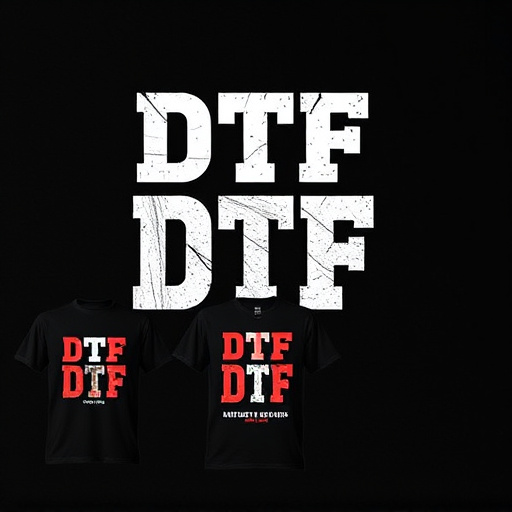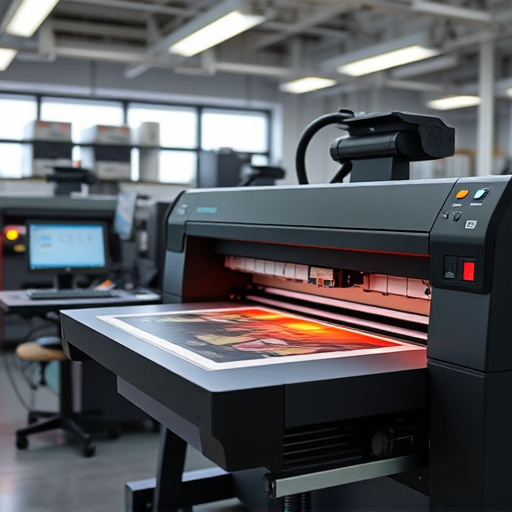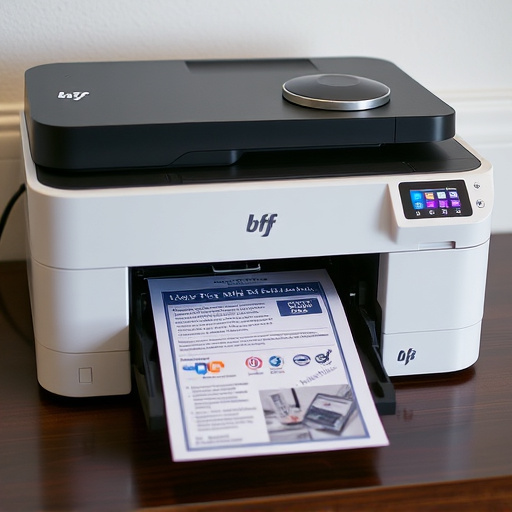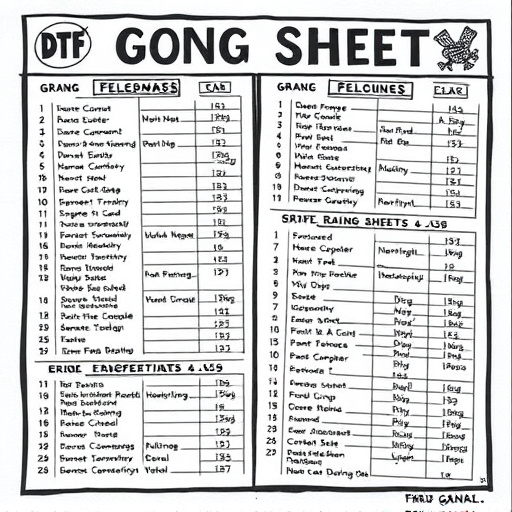DTF (Digital Transfer Film) RIP software is a powerful solution for minimizing reprints and enhancing printing consistency, especially in the apparel industry. By offering precise control over printing processes, this software ensures accurate color transfer to various materials, saving businesses time and costs associated with errors. Advanced features like color management and print head calibration enable high-quality, professional prints on t-shirts, signage, and decorative items. Strategic controls within DTF RIP software are crucial for achieving consistent outcomes, especially in complex multi-layer designs, ultimately elevating the reputation of service providers.
In today’s digital printing landscape, reprints are a common yet costly issue. Understanding the impact of these wastages is the first step towards improvement. This article delves into the role of reliable DTF RIP (Digital Transfer Function Rip) software in significantly reducing reprints. We explore how advanced software controls can optimize print processes, ensuring precise color reproduction and minimizing errors. By implementing effective DTF RIP Software strategies, printing businesses can enhance efficiency, cut costs, and reduce their environmental footprint.
- Understanding Reprints and Their Impact
- The Role of DTF RIP Software in Reducing Reprints
- Implementing Effective Controls for Reliable Results
Understanding Reprints and Their Impact
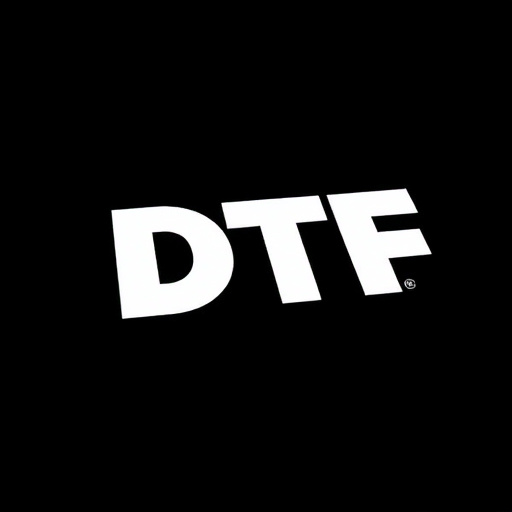
Reprints, a common issue in printing, occur when images or text from a digital file are reproduced with inferior quality, leading to visible artifacts, blurring, or color shifts. This often happens due to outdated or incompatible software and hardware configurations, especially during the printing process of intricate designs or photos. The impact of reprints can be significant, causing dissatisfaction among users and damaging the reputation of print service providers.
Direct to film (DTF) RIP software plays a pivotal role in mitigating these issues. By offering precise control over the printing process, DTF RIP software ensures that digital data is accurately translated into high-quality prints. This is particularly beneficial for businesses utilizing DTF transfer sheets, as it enhances the overall consistency and integrity of their output. Understanding DTF meaning and implementing robust software controls are essential steps towards reducing reprints and delivering exceptional printing results.
The Role of DTF RIP Software in Reducing Reprints
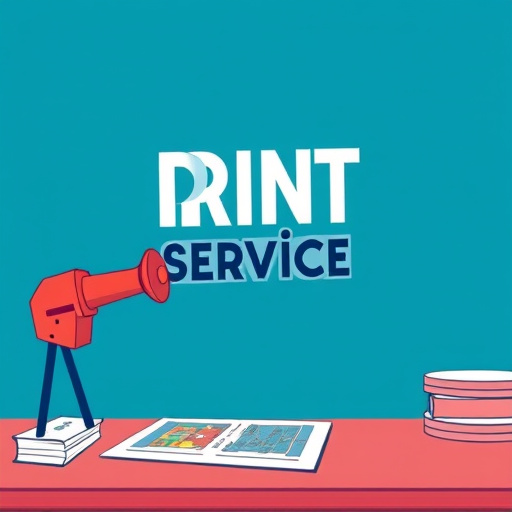
The Digital Transfer Film (DTF) RIP software plays a pivotal role in streamlining and optimizing the process of transferring designs to various materials like fabric, metal, or wood. By acting as an intermediary between the digital design and the physical printing surface, it ensures precise and efficient color reproduction. This software is particularly crucial for reducing reprints, as it allows printers to make real-time adjustments and fine-tune settings before initiating the print job. With advanced DTF RIP software controls, users can manage various aspects such as color management, image resolution, and print head calibration, thereby minimizing errors and waste.
Moreover, the best DTF printer coupled with top-notch DTF transfer film ensures a seamless and consistent printing experience. When used correctly, this technology enables professionals to produce high-quality prints for DTF for t-shirts, signage, or decorative items, reducing the need for costly reprints due to human error or subpar materials.
Implementing Effective Controls for Reliable Results
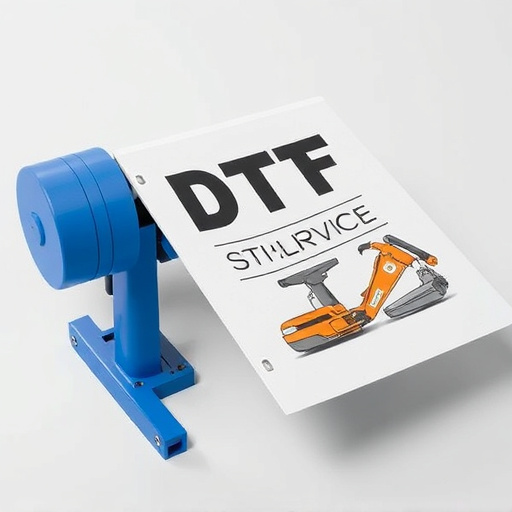
Implementing effective controls within DTF RIP (Digital Transfer to Film) software is paramount to achieving reliable and consistent print outcomes, especially in the apparel industry where DTF has gained traction. This process involves a series of strategic settings and parameters that ensure the accurate transfer of digital designs onto various materials. By fine-tuning these controls, printers can minimize the need for costly reprints, saving time and resources.
For instance, controlling the exposure time, developing conditions, and film density are crucial aspects. Proper adjustment of these variables ensures that the ink or dye precisely mimics the digital file, resulting in vibrant colors and crisp details. Additionally, DTF software allows for precise registration settings, which are essential when printing complex designs with multiple layers, ensuring that each element aligns perfectly. For clothing brands, this means achieving accurate color representation on their logos (logos DTF) and other intricate patterns, thereby enhancing the overall quality of their garments.
By implementing robust DTF RIP Software controls, businesses can significantly reduce costly reprints. This software plays a pivotal role in streamlining printing processes, ensuring accuracy and consistency. With effective control measures in place, organizations can minimize waste, save resources, and contribute to a more sustainable future. Reliable DTF RIP Software is an indispensable tool for navigating the print industry efficiently.

